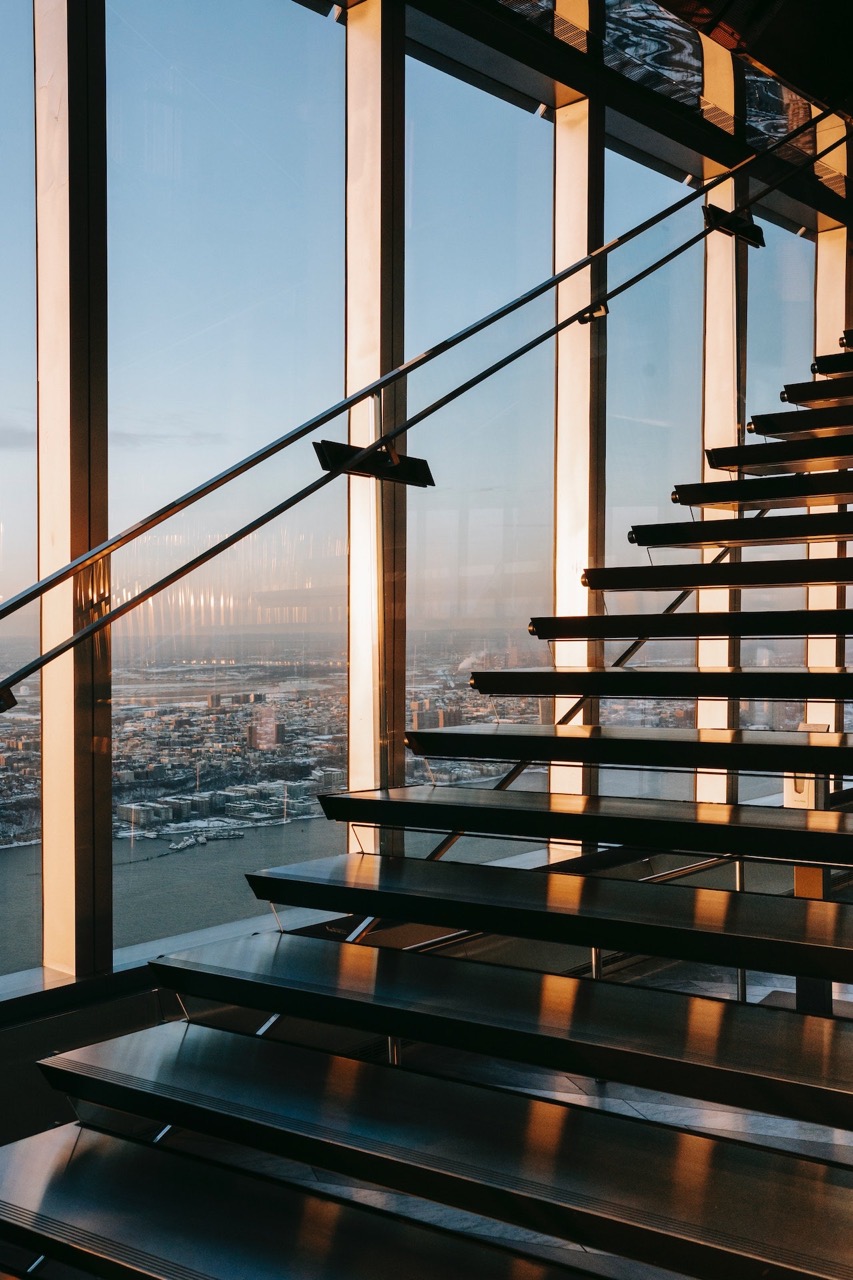Introduction
In the corridors of time, human beings have consistently sought to meld form with function. The architecture around us isn’t merely a testament to our technological advancement, but to our deep-rooted desire to blend beauty with purpose. A case in point is the humble handrail. At first glance, handrails may appear as mere safety fixtures, a simple addition to guide us up a staircase or around a balcony. But delve a little deeper, and you discover a fascinating journey of design evolution, reflecting changes in both artistic preferences and societal needs.
From the polished stone balustrades of ancient temples to the sleek metal handrails of contemporary skyscrapers, the design of handrails has been a mirror to the epochs they belong to. They are not just about preventing falls but are integral to the narrative of a building, subtly influencing the user’s experience of space.
In this exploration, we will traverse through time, witnessing how handrails have not just adapted to architectural trends, but have often set them, embodying a perfect marriage of safety and aesthetics.
This introduction sets the tone for the article, emphasizing the historical and aesthetic significance of handrails. It aims to engage readers and prompt them to read further into the historical details and evolutions that the subsequent sections will delve into.
The Ancient Beginnings
Centuries ago, the ancients recognized the importance of the handrail, though their initial forms were far removed from what we see today. Embedded in the monumental structures of Egypt, Greece, and Rome, handrails served both as a practical guide and a symbol of status.
In ancient civilizations, handrails often found their place in temples, palaces, and theaters. Made primarily from carved stone or wood, they bore intricate designs depicting mythology, history, or the ruling elite’s iconography. For instance, in the heart of ancient Greece, stone balustrades guarded the amphitheaters, designed not just for safety but to complement the grandeur of these gathering spaces.
Yet, while the Greeks preferred ornate sculptures, the Romans incorporated handrails with more functional designs, especially in their vast arenas and coliseums. This functional focus didn’t negate aesthetics; it simply shifted the emphasis, showcasing Roman prowess in both engineering and design.
The Renaissance & Baroque Era
As the world transitioned into the Renaissance, a revival in arts and sciences birthed a new era for architectural wonders and, by extension, handrails. Europe, particularly Italy and France, became the epicenter of ornate designs. Handrails transitioned from mere stone and wood to more lavish materials, including brass and bronze.
The Baroque period, with its penchant for extravagance, further pushed the boundaries of handrail design. Grand staircases of palaces and churches were adorned with handrails that were as much a piece of art as they were functional. The swirling patterns, intricate carvings, and even the inclusion of gemstones weren’t uncommon.
In these times, a handrail spoke volumes about its owner. The more elaborate the design, the more it was seen as a reflection of the owner’s wealth, status, and taste.
This continued journey into the design evolution of handrails aims to immerse the reader into different eras, emphasizing the interplay between form and function in different historical contexts. The article can further elaborate on subsequent periods, detailing how each era brought its unique touch to handrail designs, adapting to both societal needs and aesthetic preferences.
The Industrial Revolution
The dawn of the Industrial Revolution marked a pivotal turn for many facets of society, including the world of handrail design. As industries boomed and urban areas expanded, there arose a need for standardization, efficiency, and durability. The handrail was no exception to this shift.
Iron and steel, now produced en masse, became the materials of choice. Their strength and malleability meant they could be molded into a variety of forms, catering to both the functional demands of growing cities and the aesthetic desires of their inhabitants. Cities like London, Manchester, and later, New York and Chicago, saw an influx of industrial-inspired designs. The ornate patterns of the past gave way to geometric patterns and simpler, more streamlined designs.
Yet, even amidst this push for standardization, the spirit of design innovation persisted. The art nouveau movement, for instance, brought with it handrails with flowing lines, floral motifs, and a blend of the old-world charm with new-age thinking.
The Modern Era
Entering the 20th century, the world of architecture and design experienced another seismic shift. Modernism championed the mantra of “form follows function,” and this was evident in the handrails of this era. The designs, while retaining their primary purpose of safety, became more minimalistic, sleek, and unobtrusive.
Materials like glass and stainless steel entered the fray, offering a contemporary touch to interiors and exteriors alike. Buildings like the Guggenheim in New York or the Bauhaus School in Germany exemplified this trend, with their handrails seamlessly integrating into their design philosophy.
This era also marked a growing consciousness towards inclusivity in design. Handrails began to be designed keeping in mind the differently-abled, with ergonomics playing a crucial role in their design.
The progression through the Industrial Revolution to modern times showcases the dynamic nature of handrail design, influenced by larger societal, technological, and artistic trends. It reinforces the notion that while handrails may appear mundane to the casual observer, they are, in truth, a testament to humanity’s evolving relationship with space and design.
Safety as a Primary Consideration
While aesthetics and design trends played a pivotal role in the evolution of handrails, the underlying foundation always remained safety. With urbanization and the construction of taller buildings, the significance of handrails in ensuring public safety became even more pronounced.
Regulations and building codes began to be introduced worldwide, setting standards for handrail height, spacing, and material strength. The intent was clear: to prevent accidents and to ensure that structures, whether public or private, were accessible and safe for all. Advances in material science also contributed, offering durable finishes that could withstand weather, constant use, and time, all while maintaining their aesthetic appeal.
Moreover, the latter half of the 20th century saw an increased focus on designing for an aging population. Handrails began to incorporate features like better grip and tactile indicators, essential for those with mobility challenges or visual impairments.
Handrails in Contemporary & Future Design
Today, as we stand on the cusp of architectural innovations driven by sustainability and technology, handrails are once again undergoing a transformation. The rising importance of green building and sustainable design practices is pushing for the use of recycled materials and eco-friendly finishes in handrails.
Furthermore, the integration of technology is ushering in an era of “smart handrails.” Concepts like LED-embedded handrails, which light up pathways at night, or those with touch sensors providing real-time information about building services, are no longer relegated to the realm of science fiction.
And as with any design element, the future of handrails will undoubtedly be influenced by societal needs, technological innovations, and the ever-evolving human aesthetic sensibility.
Conclusion
The journey of handrails, from the carved stone balustrades of ancient temples to the high-tech, sustainable designs of today, is a testament to human ingenuity and our intrinsic desire to combine beauty with purpose. They remind us that in every nook and corner of our built environment, there’s a story, an evolution, and a reflection of who we are and our aspirations for the future.
This continuation paints a holistic picture of handrails, capturing their significance in the broader context of architecture, design trends, and societal needs. It also sparks curiosity about the future possibilities of this seemingly simple, yet indispensable architectural element.

